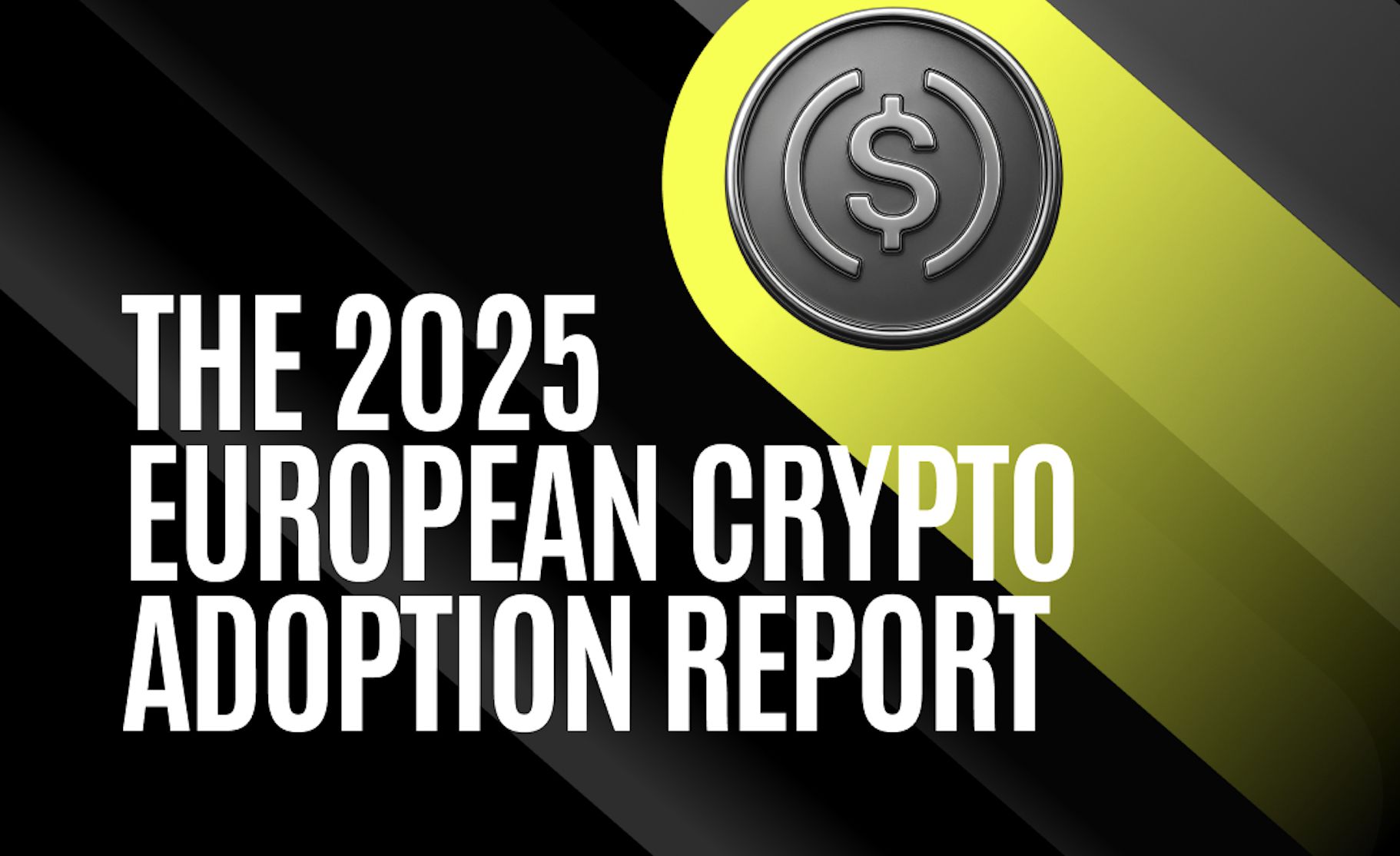CoinsPaid, an ecosystem of solutions for cryptocurrency integration, has published a comprehensive report analyzing 41 European countries across five dimensions: regulation, business activity, taxation, technology, and accessibility. According to the report, the United Kingdom, Germany, and Liechtenstein are currently leading the region in adopting and integrating cryptocurrency.
“Europe’s crypto scene isn’t just about trading. It’s about infrastructure, policy, and innovation,” comments Max Krupyshev, CEO of CoinsPaid. “The Web3 industry is becoming deeply integrated not only within the fintech sector but also into people’s daily lives. With this Index, we’ve given the industry a mirror — to see where progress is real and where ambition still outpaces reality.”

Key Insights
- The United Kingdom, Germany, and Liechtenstein are leading the region in adopting cryptocurrency.
- Countries with higher GDP scores tend to achieve higher crypto adoption rankings.
- Countries that joined the EU after 2000 typically score in the mid-range, with significant variability.
- Most EU candidate countries remain in the early stages of adoption. Georgia is the outlier, driven by a strong regulatory push.
- The United Kingdom, Switzerland, and Liechtenstein top the index thanks to targeted, innovation-friendly regulation. While the EU implements new unified rules under MiCA, the flexibility of non-EU leaders has given them an advantage.
- Germany, France, and other founding EU states rank high across multiple factors, benefiting from institutional maturity and economic scale.
Methodology
CoinsPaid assessed a set of indirect indicators across five areas: technological development; business and infrastructure; regulation; taxation; and public interest and engagement. These factors were selected based on data availability and their application in academic research and other indices. Data covering 41 European countries over five years was collected and standardized. The team applied statistical methods to weigh indicators within each factor and group them into meta-indices. Partial Least Squares (PLS) regression was then used to combine the meta-indices into the final Index.


































